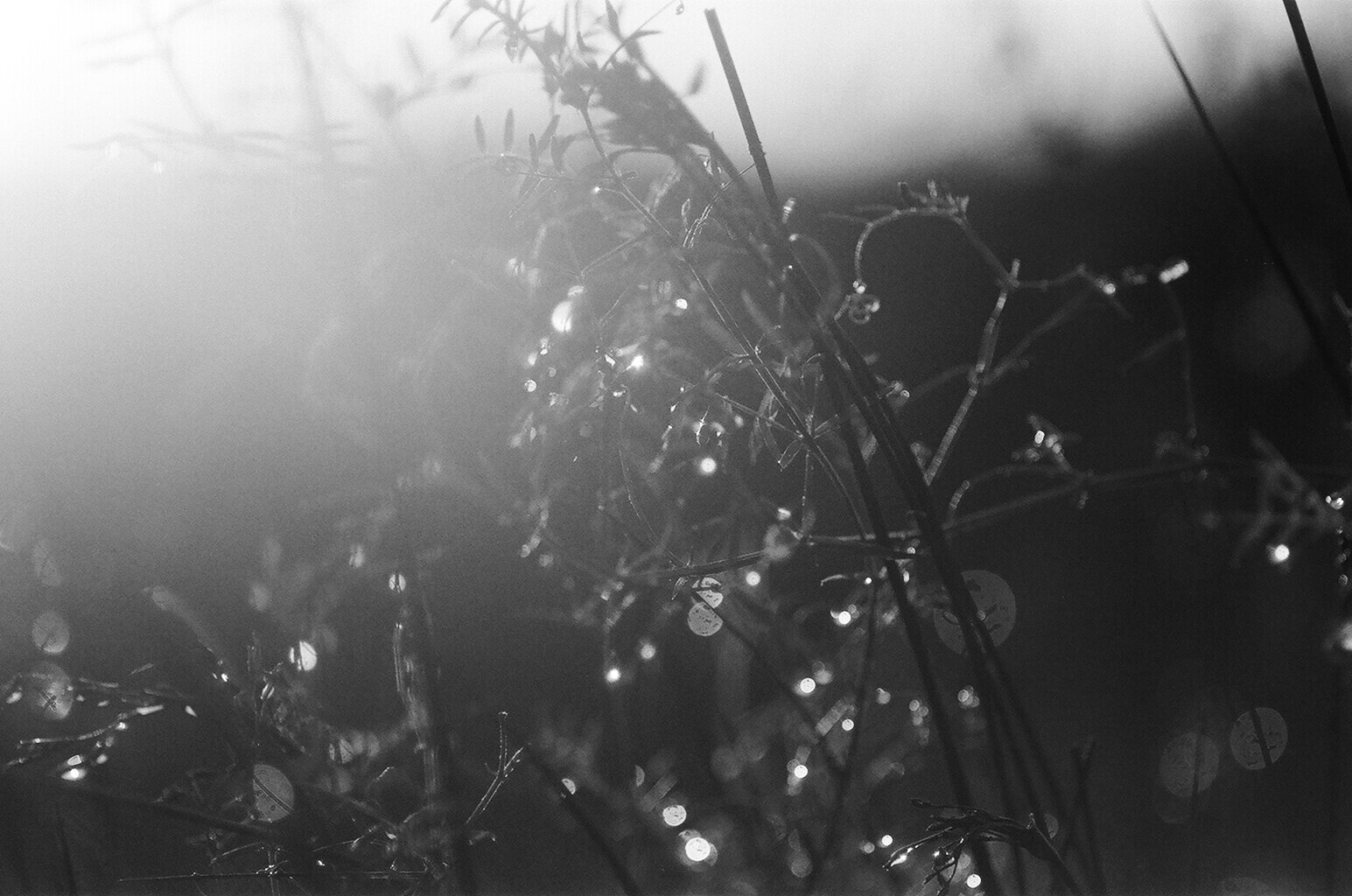Pendle Carousel
Residency with In-Situ, Brierfield, Dec 2020
"On a high hill in northern England, nature revealed one of its secrets."
PENDLE CAROUSEL was designed during a week on site in Brierfield, Lancashire, for my Testing Ground residency with In-Situ. This residency drew on the history of Pendle Hill as itself a “testing ground” – the site of Towneley’s famous 1661 experiments, with a barometer being taken up and down the hill to test a hypothesis about altitude and pressure. Exploring the overlaps between atmosphere-specific experiments and the creation of artist’s cinema, I envisaged the mobile studio as a cross between a field station and an installation.
‘Carousel’ suggests the Kodak slide carousel, and my project was partly modelled on that machine’s slide tray and carousel lamp. But it was equally inspired by the nightlight, shadow candle, camping LED light, storm lantern, nursery projector, and sensory or “dreamcatcher” light. I was interested in the diverse ways in which projections are created for individual and communal experience, often designed to project across the walls and ceiling of an individual’s bedroom. I aimed to create interior projections of specimens – for one person at a time to visit inside the mobile hut – but also exterior projections which could be experienced from outside the hut wherever it was parked in the evenings. The changing constellations of the film would incorporate my original 35mm slide film photographs taken around Brierfield and Pendle Water, as well as references to the Pendle skyline and the experiments which pioneered the weather glass, rain gauge, and barometer. Given the lockdown situation, a touring installation wasn’t truly possible, but I aimed to create a projector of my own which was tailored to the mobile studio space – a site-specific cross between a mobile and a carousel. The designs and outcomes follow below.
A key part of the production of this project relied on thinking about “municipal” lighting and public projection. I sourced materials from public electrical companies - in particular, the clear weatherproof dome, which would usually be used in the construction of a simple outdoor lamp post, for instance in a car park. For some time I considered working with other types of historical lamp post, adapted with LED or solar sources (including examples sketched above). I settled on the ultra-simple weatherproof dome, adaptable to any environment, and ordered a dome cut to perfectly fit the trig point at the top of Pendle Hill, where I hoped to position it one evening.
The light source was colour shifting LED tape, work lights, and a movement sensitive “garage security floodlight” with three moveable heads. This allowed the maximum amount of light power and change over time, while being self-powered and triggered simply by the motion of someone approaching close to it in the landscape, or entering the mobile hut studio.
Towneley, who lived in Burnley and was responsible for the storm glass weather watcher and the barometer experiment, also began the practice of measuring rainfall in the British Isles, now done for over 300 yrs. He aimed ‘to show how little trouble there is to this task; which therefore I hope some of your ingenious friends may be persuaded to undertake’. Following this idea of accessible science, I set out with some of my own rain gauges and a weather glass. I developed a way to incorporate these weather-responsive materials into my landscape photographs, exampled below, and began walking with the storm glass every day. The outcome of the photos I took was chemically dependent on the altitude and atmosphere, including the first snowfall of the year in the graveyard at the foot of Pendle Hill.
During the residency I kept a Twitter thread which explores each day’s location and scientific ideas. These included quarries, infrared, weeds, and camera lenses. As part of the multiple projection installation I was planning, I also incorporated real specimens (projected by OHP), and a plan for arranging projection surfaces and objects inside the mobile studio at the fold out desk, including using the OS map (Explorer Map OL41) as a projection screen for moving textures. For the sound of the installation, I composed a piece drawing on field recordings of Pendle Water. Since the project inspirations included slide carousels and projection nightlights, these sounds were looped and processed to sound like a lullaby machine of some kind, and can be heard on the background installation channel video, below left.
This project was commissioned by In-Situ as part of The Gatherings programme with Pendle Hill Landscape Partnership. PENDLE CAROUSEL is a pop-up DIY projector for Corky the Hut, drawing on experimental histories of Pendle Hill, including projecting through storm glasses. Due to Covid, it is currently stored in the In-Situ archive, in case of future opportunities for touring. The mobile studio Corky the Hut was designed by architect Nick Wood and inspired by shepherd’s huts. For more information on In-Situ’s Testing Ground and the eight artists involved from Nov 2020-March 2021, see their website.





































































